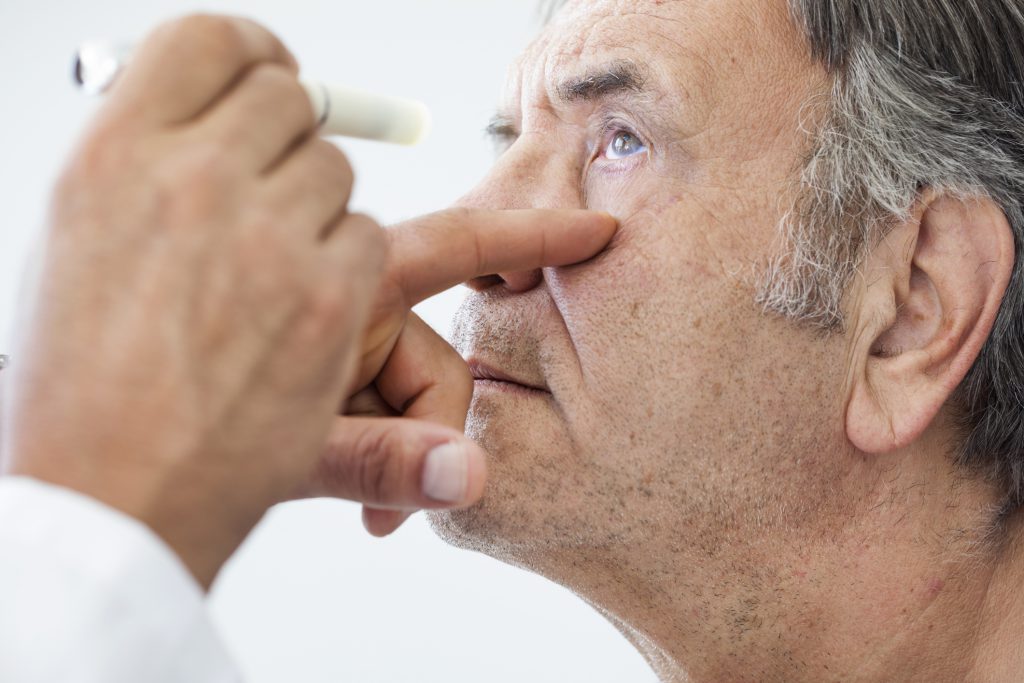
WHAT IS BELL’S PALSY?
Bell’s palsy results from the paralysis of the facial nerve. It usually only affects one side of the face, including the forehead and lower facial areas. Several physical manifestations of Bell’s palsy include difficulty closing one eye, slurred speech, drooping of one corner of the mouth, inability to whistle, drooling while drinking or a wrinkle-free forehead – all on the same side of the face.
IS BELL’S PALSY PERMANENT?
Bell’s palsy can start very rapidly. Men and women are affected equally. Most cases occur between the ages of 20 and 40. It usually takes close to three weeks for the symptoms to reach their maximum effect. Then, most cases recover over the next three weeks. Severe cases can take up to six months to resolve completely. Typically, there are very few, if any, permanent manifestations. However, the longer the recuperation, the more likely the risk of incomplete recovery. Patients over the age of 60 are at a greater risk of being left with long-term effects of Bell’s palsy.
WHAT IS THE CAUSE OF BELL’S PALSY?
The cause of Bell’s palsy is not clear, but several conditions have been linked to it, such as herpes simplex infection and the virus that causes shingles.
HOW TO BELL’S PALSY AFFECT TEARING?
Blinking is required to spread fresh tears across the eye and to reduce the evaporation of tears from the eye into the atmosphere. Since patients affected by Bell’s palsy cannot blink one eye, the cornea (the clear, dome-shaped covering of the eye) becomes dry, resulting in ocular discomfort, redness and tearing. If untreated, it can lead to corneal scarring, secondary infections and even vision loss.
WHAT IS THE TREATMENT FOR BELL’S PALSY?
Treating the ocular effects of Bell’s palsy requires frequent use of artificial tear drops during the day and artificial tear ointment at bedtime to keep the cornea moist. Some patients need to wear an eye patch or tape their lids shut while sleeping for added relief and corneal protection. In more severe cases of Bell’s palsy, a couple of non-permanent surgical options are available. There is some debate in the medical community regarding the role of oral antiviral and corticosteroid medications in treating Bell’s palsy. Bell’s palsy can be a very frustrating and painful condition to endure. For those where recovery is not complete, the change in the appearance of one’s facial features can be a dramatic change. Fortunately, most recover completely with no increased chance of reoccurrence.



